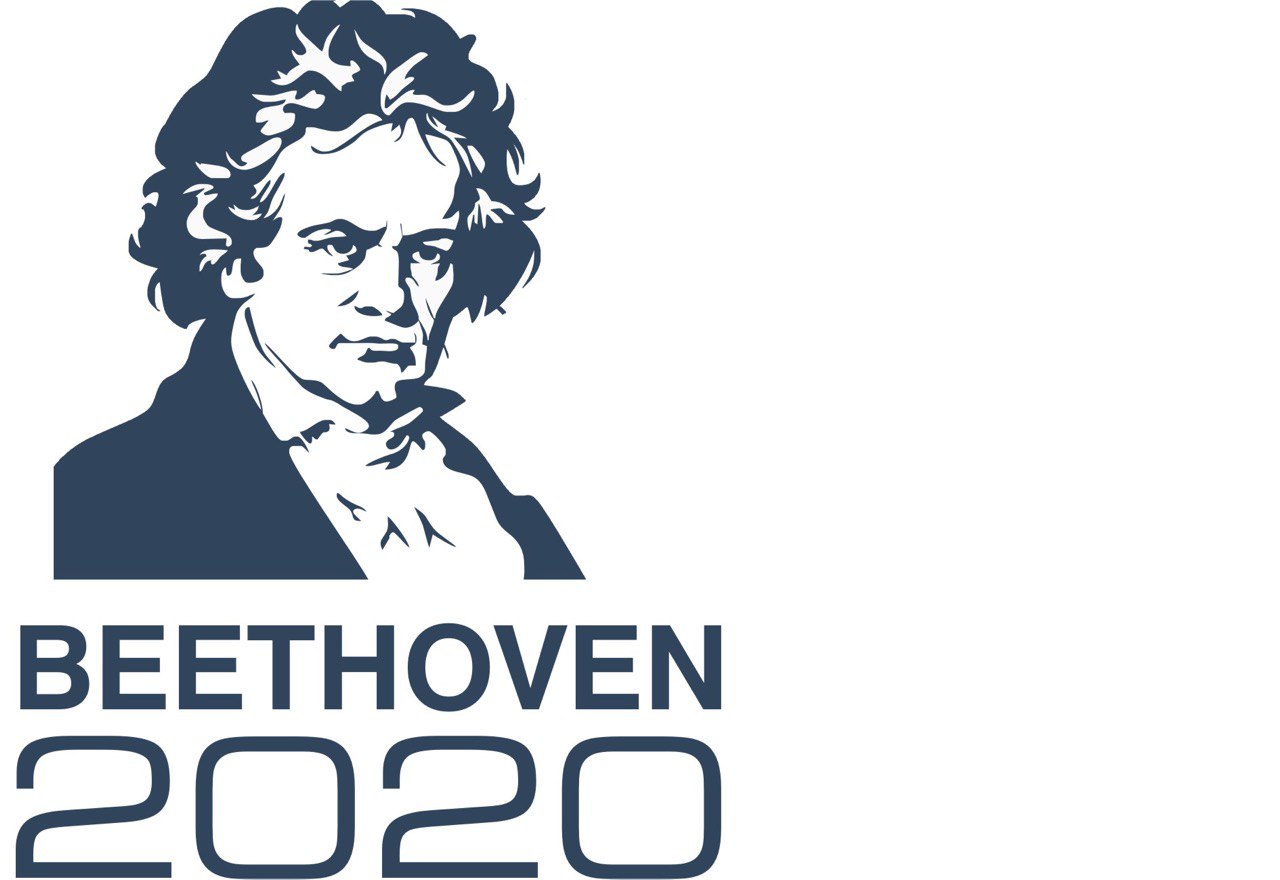Violin Sonata no.7 in C minor , Op.30, No.2 (1802)
I.Allegro con brio
II.Adagio cantabile
III.Scherzo : Allegro
IV.Finale : Allegro , Presto
آناهیتا خانزاده، ویولن
هادی یوسفی، پیانو
During the 18th and the 19th centuries, compositional theories asserted that certain key signatures represented particular characteristics. The key signature of C minor, for example, was said to possess “tono tragico, e atto ad esprimere grandi disavventure, morti di eroi.”
This description characterizes Beethoven’s Sonata Op. 30, No. 2 in C minor. Written in 1802, the sonata can be considered the first of the monumental works for the violin-piano duo literature.
The emotional climate for the entire piece is definitively set in the fateful opening. The impetuous momentum, the sudden turning of corners, and the tragic sonority combine with tuneful, and at times playful, sections, to create not a disarray of differences but a work of epic proportion with great power and cohesiveness.
The sonata begins with rather understated dynamics and mysterious octaves. The transparency of the sound of octaves combined with the silences of the rests only increases the intensity and sense of dread, which is followed by agitated runs and sudden outbursts.
In the slow movement, Adagio cantabile, the song-like quality and the warmth of emotion is consistent and compelling. The idyllic theme, first stated by the piano, is presented by both instruments throughout the movement in new and different ways.
The rhythmic figure in the Scherzo that follows clearly reminds the listener of the military-inspired tune from the first movement. However, here the meter is in three, and particularly in the middle (Trio) section, the feeling of a German country dance dominates. In the outer sections, the placement of the grace notes adds humor, and wit.
In the Finale, the anguish and the fear-imbued atmosphere return. The tempo of this movement is quite fast, causing a breathless quality, and the sudden outbursts and the stops are, for that reason, even more striking. In the Coda (marked Presto), the sentiment is one of fury, and while the Sonata concludes in the tonic chord of C minor, the dominating character of uneasiness and nervousness remain beyond the final notes.
